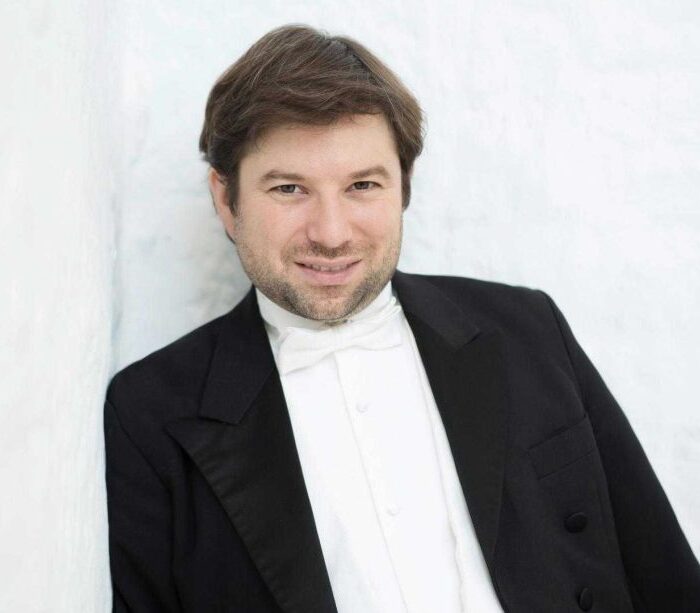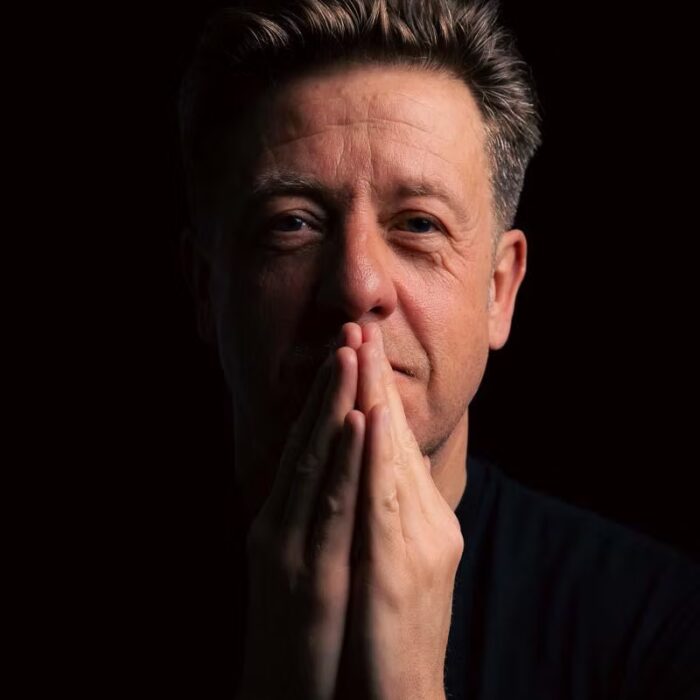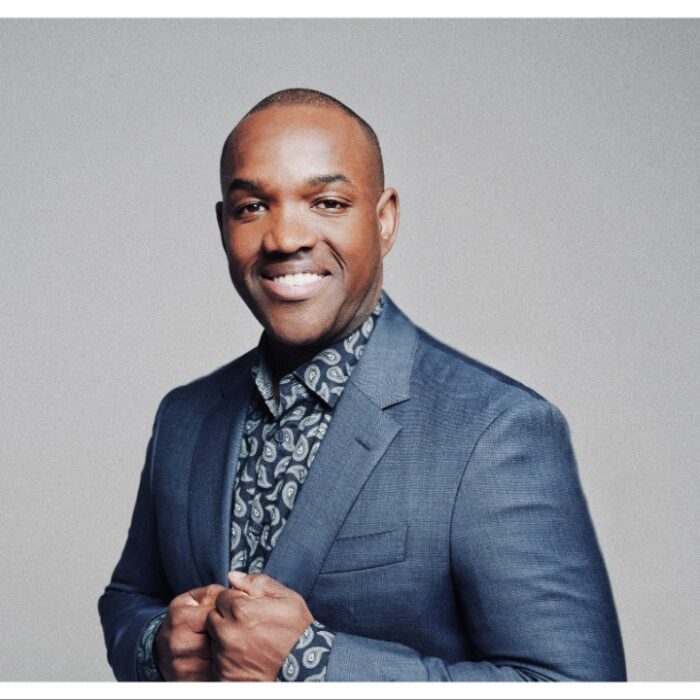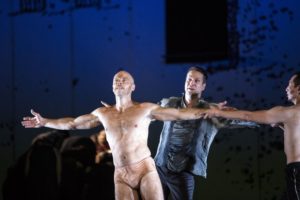
(For Performance Dates: Nov. 3 and Nov. 10, 2019)
As the third opera of its second annual Baroque festival, the Staatsoper Berlin revived Sasha Waltz’s choreographic production of “Dido and Aeneas.” Though the production dates from 2005, each performance of the current run has sold out well in advance—a rarity in Berlin, where three excellent opera houses compete for audiences in a city of well under four million residents.
One of the most prominent characteristics of Berlin musical life is its audiences’ enthusiasm for unusual work and nontraditional productions. This culture was on full display at “Dido and Aeneas.” While “Dido” is, of course, a beloved occupant of the operatic canon, the Waltz’s production was far from traditional. It’s difficult to imagine operagoers from more artistically conservative opera cities flocking so enthusiastically to such a production. Though one or two audience members were to be seen stealing out of the performance midway through, evidently displeased by Waltz’s treatment of “Dido,” the vast majority of the attendees appeared more than ordinarily enthusiastic. Berlin audiences are generally diverse in age, but “Dido” seemed to have attracted an even larger diversity than normal: teenagers clomped around in platform boots and nose rings, mixing with gentlemen in tuxedos and elderly ladies pushing walkers.
Perhaps the broad appeal was due in part to the visual beauty of the opening scene, in which the sea was represented by a tank of water spanning most of the stage. As the audience filed into the auditorium before the performance, a quartet of dancers simultaneously took their places on a walkway above the tank. The stage was devoid of a curtain, and as the audience hubbub crested and began to die down, the dancers mimed their own conversations, blending a studied carelessness with the flowing movements of performers.
As the overture began, the dancers started, one by one, to slip into the tank. In the long tank, lit from below, the opalescent water transformed them into pale, dreamlike bodies. Their clothes swirled around them as they performed an underwater dance. It was these images, astutely enough, with which the Staatsoper chose to advertise “Dido”: luminous human forms, translucent bubbles roiling around them, the bodies dancing both with water and with light.
Yet, as it quickly emerged, this was not a production that was content to rely purely on visual elegance. Quite the opposite, indeed: as the dancers emerged from their tank, they undressed, presenting the audience of a view of their bottoms in flesh-colored underpants. A pair of them, still dripping, climbed down to the center of the stage, where they danced together in a routine that combined classical refinement with light-hearted modern silliness, flapping their hands, for instance, in deliberately ungraceful motions. It was a dance that immediately asserted that the coming performance would be neither solemn nor stultifyingly cerebral.
For this production, the lost music for Purcell’s prologue has been reconstructed by Attilio Cremonesi partly with music from Purcell’s other work, but also with spoken dialogue. This spoken dialogue further cemented the playful qualities of Waltz’s production: partly whispered, partly pronounced with clownishly strange accents, the effect was wholly unlike anything one expects in an opera house. It made no effort to be beautiful or classically artful. In an art form that revolves around the beauty and power of the human voice, it was striking to hear, as the first vocal sound, this unpretty, pointedly silly, sometimes only half-audible narration.
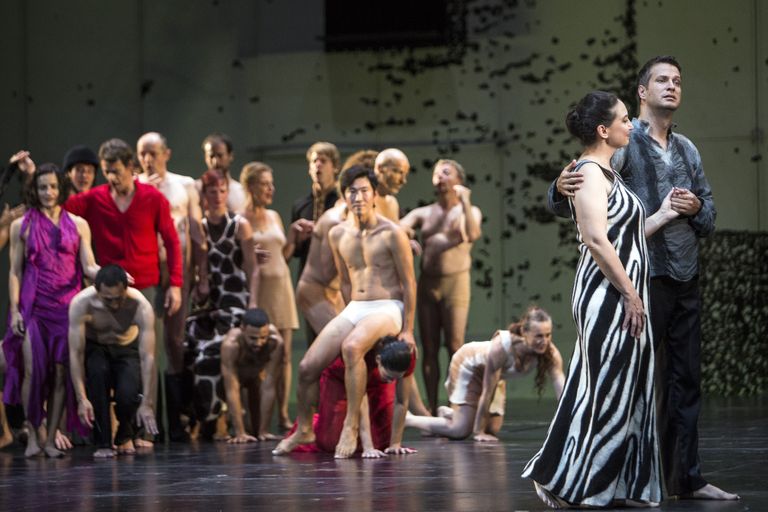
Credit: Bernd Uhlig
Modern Baroque
Waltz’s take on “Dido” was perhaps clearest toward the end of Act one. Here, at Aeneas’s entrance, the stage was dominated by a mass of chorus members and dancers, all of them bizarrely dressed in costumes that evoked historical garb turned inside out. Petticoats and bum pads became outerwear; female dancers wore sailor shirts, underpants, and little else; male cast members donned women’s gowns and ludicrous, abstracted headgear. The huddled cast passed an inflatable plastic dolphin among them. As the scene progressed, the singers and dancers began to strip off their outermost clothes, flinging colorful garments into the air in eye-catching choreographed arcs.
This was a scene that appeared to have only a passing relationship with “Dido.” The connection between the opera’s narrative and the happenings on stage was evident mainly in the common themes of sailors and sea. As for the costumes and props, they were mischievously ahistorical, like fever-dream images inspired by walking through a fashion museum.
The effect, however, was surprisingly Baroque. Avant-garde productions are often denigrated as being mere vehicles for a director’s vision, and their directors are frequently accused of having little understanding of or respect for the operas. At their best, however, such productions offer genuine insight into the original context and effect of an opera. Waltz’s “Dido” offered such insights. Baroque art is often described as being characterized by extravagance, exuberance, and a direct appeal to the senses. Waltz’s production, in that sense, was thoroughly Baroque. Though the scenery, costumes, and staging bore no resemblance to traditional or historical stagings, their effect was to envelop the audience in an overwhelmingly sensual experience. The playfulness of Waltz’s production, too, resonated with the playful qualities of Purcell’s score, with its amusingly bizarre, “ho ho ho”- singing chorus in the scenes with the witches and its dances and choruses scored to sound as if they were subject to an echo effect.
Logic went out the window. The opera’s narrative was not easy to follow, even when one knew the story well. In spite of that, or even because of it, the production opened a window into aspects of early opera that more traditional productions may not convey. The reactions of 17th century audience members to the then-new form of opera—astonished by its magnificence and expense, by the dazzling effects of its stage machinery and spectacular scene changes, and by the intoxicating effects of theater, dance, and music melded together—might well have been more similar to those of a modern audience seeing Waltz’s sensually dizzying production than to our reactions, today, when seeing a more conventional staging.
Serious Musicianship
Noteworthy in such an outré production was the sincere and tasteful treatment of the music, which provided an enjoyable and fitting counterbalance to the outlandishness of the spectacles onstage. The Akademie für Alte Musik Berlin, under the direction of Christopher Moulds, rendered the music at times with unflashy subtlety and at times with a zest that set one’s toes tapping. The guitar, notably, lent an entrancingly exotic flavor to the dances. The interpretation was sensitive, fresh, dramatically engaging, and never overwrought.
Among the singers, the chorus emerged as a primary star of the show. Rather than the usual Staatsopernchor, the Vocalconsort Berlin sang, danced, and acted the choral parts. It was astonishing both to hear and to watch them. The production demanded a staggering amount of complex choreographed movement from the chorus, often blurring the lines between chorus and dancers. While the chorus sang with absolute precision, their words as clear and crisp as if sung by a soloist with impeccable diction, they simultaneously moved and danced with a similarly remarkable level of exactness. At times, they moved (and sang) as if they were one body. At other times, they coalesced with the dancers into many-armed creatures, their movements hypnotically entrancing. Their interpretation of the score was thoroughly engaging on a musical level, each bar of music rendered with close and thoughtful attention. They embodied the perfect union of song and dance that the original creators of opera envisioned.

Credit: Bernd Uhlig
An Impressive Dido
Among the soloists, Marie-Claude Chappuis excelled as Dido. From the instant she began to sing, one felt the pain as well as the beauty and emotional depth of her character. The repetitive lines of her opening aria were not repetitive at all, but rather unfolded and deepened with new shades of meaning and emotion. Individual words, as she sang them, became weighted with whole worlds of meaning. One had the sense of profound depth, of things hinted at but left unsaid. The power, elegance, and luxurious dark warmth of her voice was bewitching.
In Waltz’s production, the roles of other soloists were often sidelined by those of the chorus and dancers. Aphrodite Patoulidou’s Belinda was one of the more memorable soloists. Her voice was pleasing with its purity and sweetness. The vocal strength and godlike tone of Nikolay Borchev’s Aeneas were also impressive, though the production gave him little opportunity to present a full-fleshed portrayal of his character. Yannis François was less effective as the Sorceress: his character was all but lost in the production, neither imbued with a huge voice nor compellingly rendering the Sorceress’s psyche.
Overall, the evening was an overwhelmingly sensual and intoxicating experience. Though the narrative and soloists often fell by the wayside, the effect was generally entrancing. The chorus astonished, the orchestra enthralled, and Chappuis’s Dido was splendid. The production was certainly not to everyone’s taste, but it is, after all, only one of many “Dido” productions, and more conventional approaches will continue to be used, as well as different modes of experimentation. There’s no great harm in an irreverent and playful approach, and much to be gained from the obvious excitement and pleasure displayed by the audience.
Categories
News